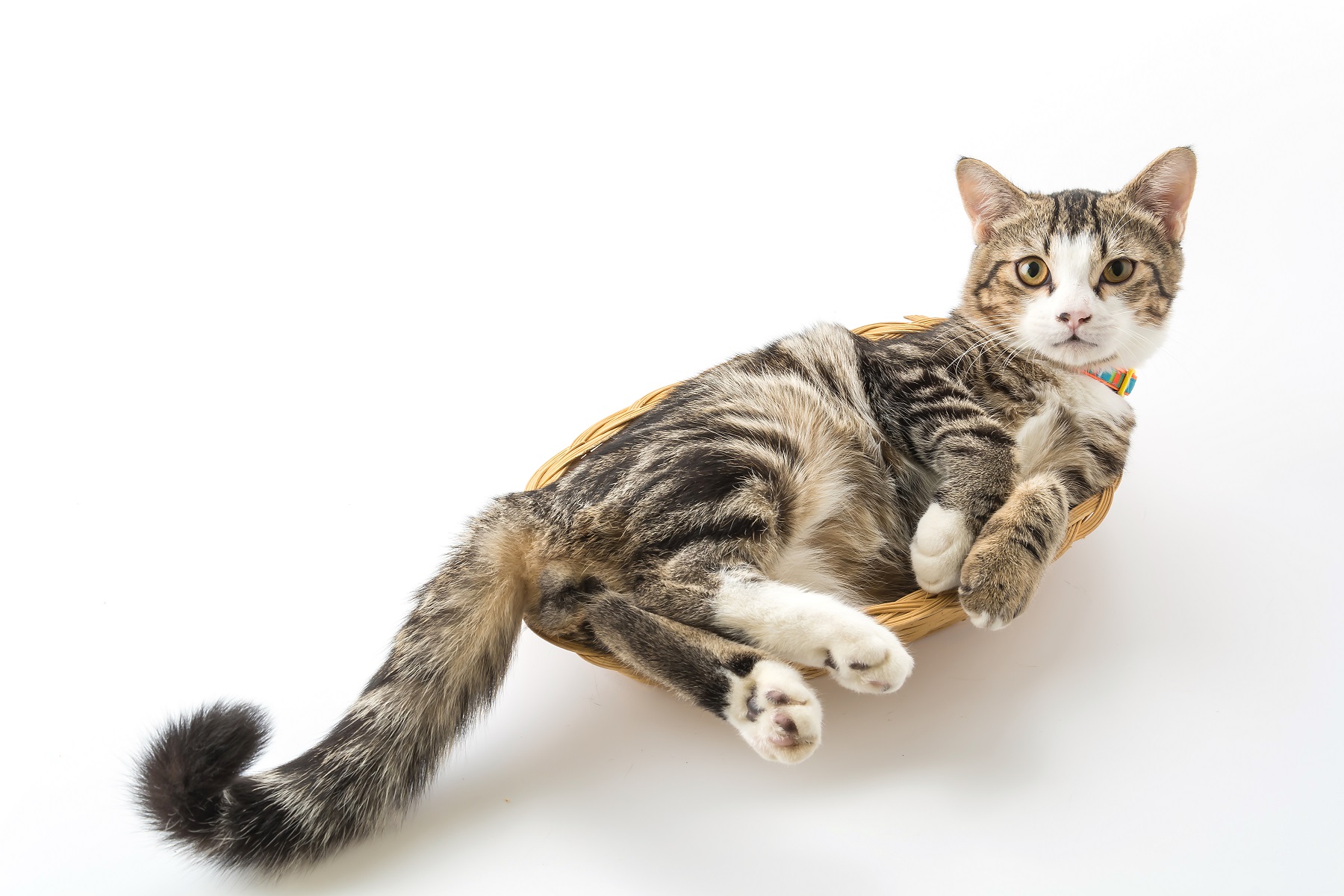Species: Feline
Specimen: Serum or plasma
Container: Red top or gel tube, EDTA or heparin tube
Collection protocol: Venepuncture
Special handling/shipping requirements: Standard
General information about the disease:
Feline Leukaemia Virus (FeLV) is a gammaretrovirus that infects cats and other small felids. Although many cats will overcome infection with FeLV, experiencing a transient viraemia or seroconverting with no detectable viraemia, some become persistently viraemic. Most persistently viraemic cats will develop a range of disease conditions, the most common being peripheral blood cytopaenias, neoplasia (especially lymphoma) and/or secondary infection secondary to immunosuppression. These cats usually die within 3 years. The cat’s age at the time of infection is a major determinant of clinical outcome. A cat found to be persistently viraemic should be isolated from other cats to reduce the risk of passing on the virus.
A cat that has overcome viraemia will remain latently infected. Once a cat becomes latently infected, it remains so for life. FeLV may be reactivated on rare occasions from these cats when immunosuppressed or under chronic stress and such cats should still then be considered potential sources of infection.
General information about when this test is indicated:
Antigen ELISA and immunochromatography are the most commonly used tests to diagnose FeLV infection and are valid screening tests with good sensitivity and specificity. However as the prevalence of disease is low in New Zealand, the positive predictive value (PPV) of these tests is poor (50%) increasing the likelihood of false positive results. A positive test result in a cat must be interpreted in light of clinical and haematological changes that are compatible with FeLV infection.
Comparison with other related tests:
A healthy cat testing FeLV positive should always be retested preferably using the qPCR for detection of provirus DNA to confirm the result. Cats that are positive on the FeLV test with no clinical signs may clear the viraemia over 2-16 weeks or longer and should be kept separated and retested. If they are still positive after 1 year it is likely they will remain viraemic for life.

